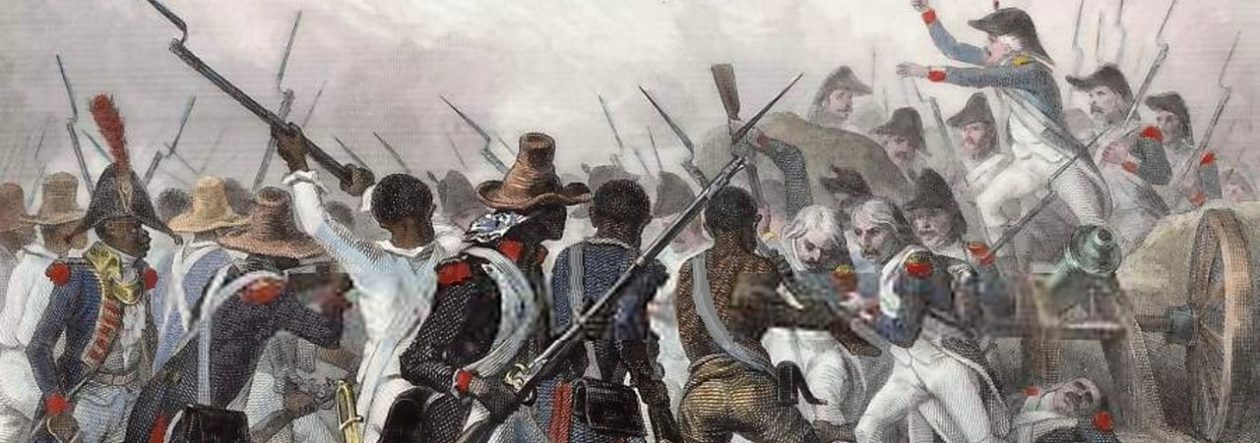by Jonathan Burton
I think it’s fair to say that London is not at its best in late Autumn. The weather’s cold, the sky’s grey and the air’s damp, three things hardly calculated to show the city off to it’s best. Yet on the 27th October myself, Becky and Jessie, ably assisted by Becky’s daughter Jasmine decided to brave the capital’s cold climate to attend an event held by the British Dental Association to represent the Age of Revolution project.
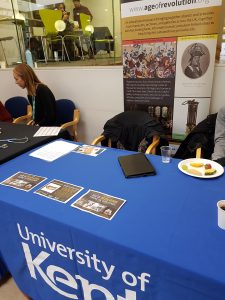
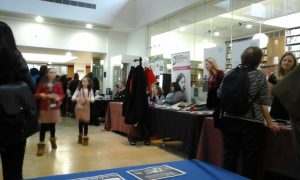
The object of the event was to help the public (particularly children) engage with medical history. Hence the fact that as well as our good selves, there were representatives from a variety of museums present as well; some representing a specific subject like the Royal College of Nursing or the Florence Nightingale Museums whilst others were more general such as the Science Museum and the Wellcome Collection. All these museums had a variety of great objects that you could pick up and handle, ranging from cake stands made by mental health patients to old surgical instruments used for a variety of gory operations. Hence a further reason for our attendance; not only were we their to spread the word about the project but also to spy out any useful objects to further our online collection. Our task: to sweet talk the museums present to try and persuade them to engage with the project.
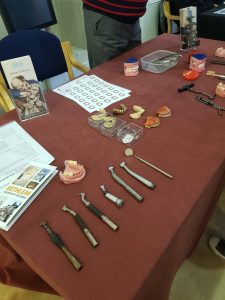
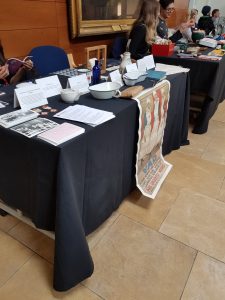
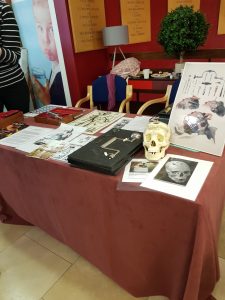
As it turned out, the task was far easier than I had anticipated. Jessie, Becky and I found the various collections eager to help and we made lots of useful contacts. Seven-year-old Jasmine also played a key role, handing out leaflets in between collecting stickers from the various stands. I was particularly keen to engage with the Old Operating Theatre, as I’m hopefully going to be working with them to produce some short educational videos. Therefore, I was eager to see if they had any artefacts that could be used to give the videos some visual stimulus.
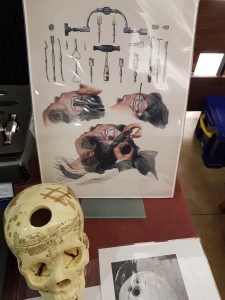
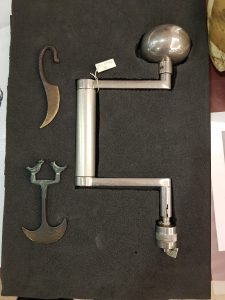
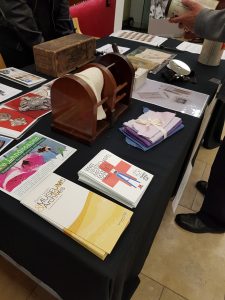
The staff were very obliging and showed me a range of relevant objects; particularly intriguing was the drill used for trepanning, which in simple terms means drilling into somebody’s skull to relieve the pressure or to release evil spirits. How anybody survived having a hole the size of a very large marble being made in the top of their skull is beyond me, although I was assured that the pain was minimal as soon as the surgeon had broken through the skin. I was even more surprised the next day whilst in conversation with a friend of mine who lectures on nursing at Canterbury Christ Church. According to her, they still use very similar equipment in hospitals to this day (although not for releasing evil spirits)!
